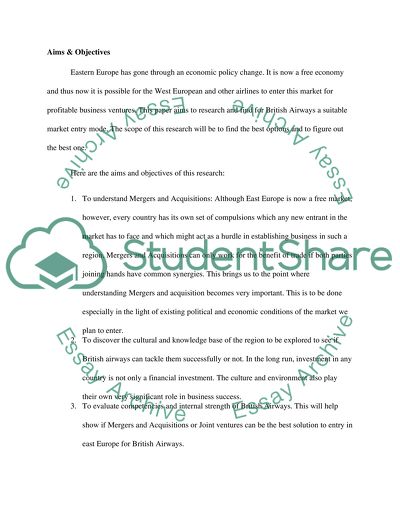Cite this document
(“A Critical Discussion about British Airways and Its Entry into Central Essay - 1”, n.d.)
Retrieved de https://studentshare.org/marketing/1390642-a-critical-discussion-about-british-airways-and
Retrieved de https://studentshare.org/marketing/1390642-a-critical-discussion-about-british-airways-and
(A Critical Discussion about British Airways and Its Entry into Central Essay - 1)
https://studentshare.org/marketing/1390642-a-critical-discussion-about-british-airways-and.
https://studentshare.org/marketing/1390642-a-critical-discussion-about-british-airways-and.
“A Critical Discussion about British Airways and Its Entry into Central Essay - 1”, n.d. https://studentshare.org/marketing/1390642-a-critical-discussion-about-british-airways-and.


